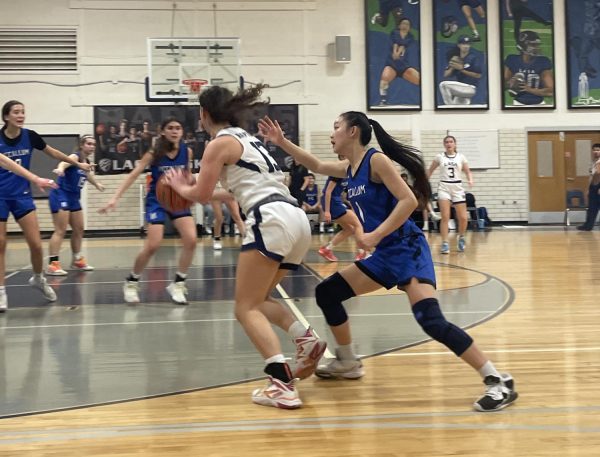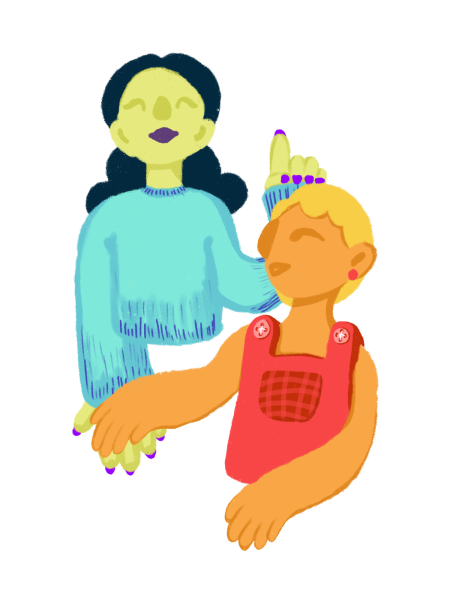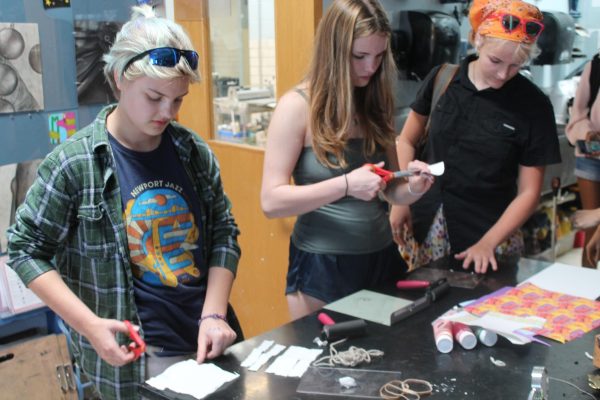March Madness: a history
April 12, 2019
Besides the abrupt changes in climate, heavy workloads and frequently overwhelming national politics that will fill this March (and April) with madness, 68 American college basketball teams will compete in the annual NCAA “March Madness” tournament and keep the nation on the edge of their seats as they partake in some of the most exciting wins, upsets and matchups this spring.
On March 17, 2019, CBS will broadcast what’s known as “Selection Sunday,” the day when 68 NCAA teams will be seeded and given the chance to travel the road to the March Madness semifinals and championship games in Minneapolis. Eighty tournaments have taken place since its formation in 1939, where only eight teams competed. This number increased until 1985, when 64 teams were placed in a starting bracket. This format was kept until 2011 when two games were played prior to the main schedule in the stage that has come to be named the “First Four.”
As far as the name of the tournament goes, although an American essayist referred to a high school basketball tournament as “march madness” in the 1930s, the name was first applied to the NCAA tournament in 1982 by CBS commentator Brent Musburger. CBS, along with the NBC network, played a huge role in increasing the national popularity of the tournament by broadcasting it locally in New York in the 1940s and eventually nationwide in 1954.
What makes March Madness most special, though, is its long history of both great schools dominating over the rest and smaller, underdog schools managing to fight their way past the first few rounds in a shocking manner. Just last year, the University of Maryland in Baltimore County (UMBC), defeated the top seed in their bracket, the University of Virginia, by 20 points as the sixteenth seed in the biggest upset of all time. Yet top teams like UCLA, the University of Kentucky and the University of North Carolina (UNC) have won constantly throughout the years, with 11, eight and six championships, respectively. Kentucky and UNC have also made the top two most March Madness appearances with 57 and 49 tournament qualifications, followed by the University of Kansas with 47.
This year, some teams that have been voted upon to take home the championship trophy from journals like Sports Illustrated include historically great programs like Duke University, Kentucky and UNC, as well as some rising talents such as the University of Tennessee, Gonzaga and others. Factors that contribute to the creation of promising teams are shooting percentages, season records, a small chance of losing in an upset and previous gameplay within the tournament itself.
However, the true cultural influence and role that March Madness has played over the years in American society cannot be fully grasped without mentioning its bracketology. In the past couple of years, an average of 70 million Americans have taken part in the biggest March Madness tradition of filling out brackets, based off of the announced first-round matchups, in hopes of correctly guessing the outcome of as many games as possible. According to USA Today, though, the odds of filling out a perfect bracket are one in 9.2 quintillion.
Also, unlike stretched out and repetitive seasons of professional basketball, March Madness is a quick-paced and dramatically interesting series of playoff matches with higher pressure, and leads to many exciting outcomes like the surprisingly frequent upsets of stronger schools. The craziness that ensues within each game unites fans together more in a way mostly unachievable by any other American sporting event. In addition, because college players do not play for a salary, there is more passion amongst them while playing. Fans are more tightly knit with their personal school, too, rather than with a regular professional team that anyone can feel attached to easily.
March Madness has been an important aspect of American sports and popular culture for many decades to its unique reputation and thrilling nature, and making brackets has kept the nation challenged and intrigued every spring. To quote Rolling Stone Magazine, “underdogs will rise, brackets will bust, stars will be born and dreams will die. It truly is a sporting event unlike any other — there’s a reason they call it March Madness, after all.”






